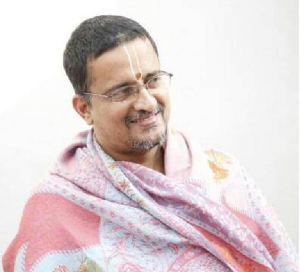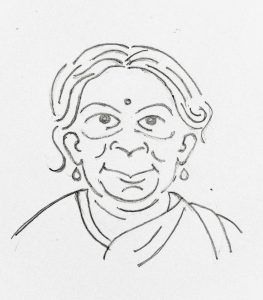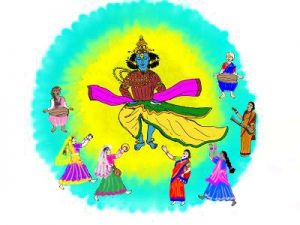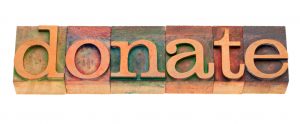This month’s quiz is based on some of the popular and traditional kolams of South India. Kolam is composed of geometric lines and shapes and is drawn on a pattern of dots.
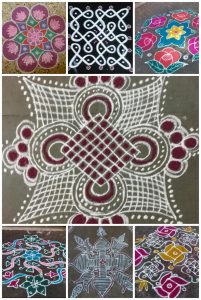
1.Which part of the house is generally adorned with kolam?
a.Entrance (Threshold)of the house
b.Back
c.Anywhere in the house
2.Kolam is an important tradition in India that symbolizes divinity and auspiciousness.When in the day are the kolam patterns generally drawn ?
a.Dawn
b.Mid-Day
c.Nighttime
3.‘Pulli kolam’ is a type of kolam generally drawn using _____________.
a.Curved lines
b.Slanting lines
c.Geometric Shapes
4.What is the traditional flour used for drawing kolams?
a.Chalk powder
b.Rice Flour
c.Sugar Powder
5.Name the red powder that is used in kolams around the border.
a.Limestone powder
b.Kaavi (Brick Red Powder]
c.Sindoor Powder
6.Kolam was a tradition not only to symbolize divinity and auspiciousness but also
_______________.
a.To make the house look colorful
b.To bring out the beautiful intricate shapes and patterns in a kolam
c.Kolam drawn using rice flour, serve as food for ants and other insects and thus a beautiful way to welcome other beings into one’s home.
7.What is the general tradition practiced in South India to make the Kolam hold longer?
a.Rice flour is mixed with Sugar
b.Rice flour is mixed with Salt
c.Rice flour is mixed with water
8.What is the term for ‘semi permanent’ kolam?
a.Pulli Kolam
b.Mandala Kolam
c.Maakolam
9.Name the kolam that is drawn using curved lines to create a design.
a.Padi kolam
b.Sikku kolam (Knot Based)
c. Aishwarya kolam
Answers:
1-a, 2-a, 3-a, 4-b, 5-b, 6-c, 7-c, 8-c, 9-b
Compiled by Ramya Srinivasan, Bay Area, CA
Illustration by Lalitha Raman Richmond, VA


